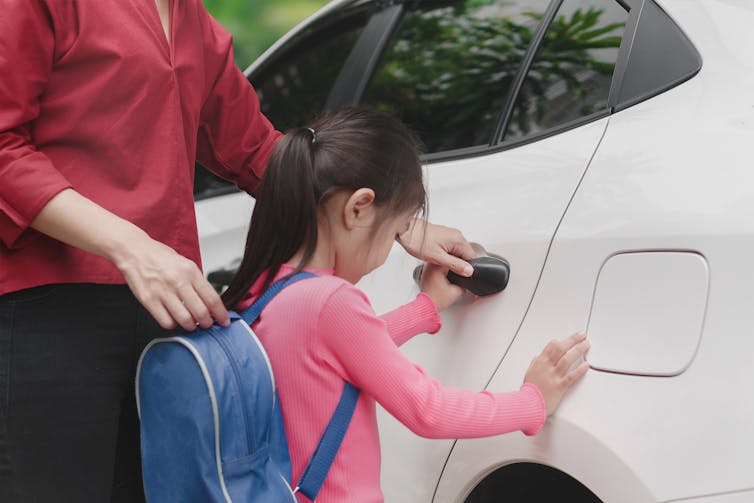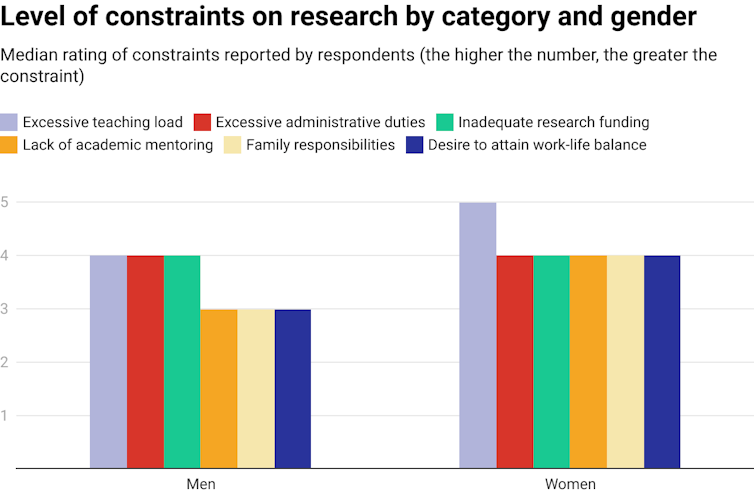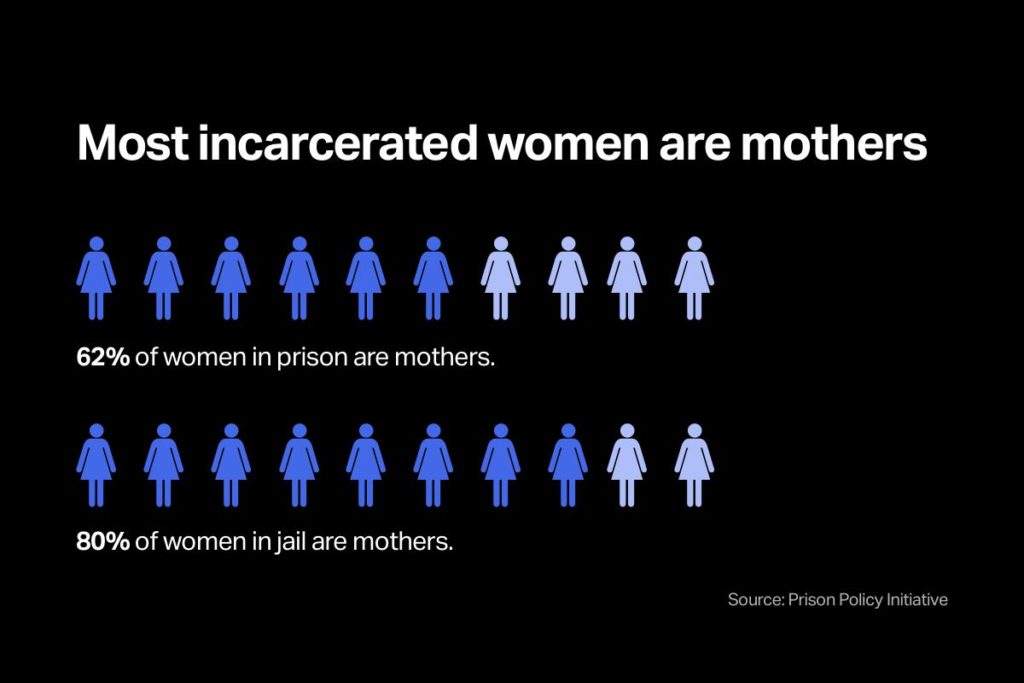Women journalists, feminists, activists, and human rights defenders around the world are facing virtual harassment. In this series, global civil society alliance CIVICUS highlights the gendered nature of virtual harassment through the stories of women working to defend our democratic freedoms. Today’s testimony on International Women’s Day is published here through a partnership between CIVICUS and Global Voices.
By CIVICUS in Manila
There has been a hostile environment for civil society in the Philippines since President Rodrigo Duterte took power in 2016. Killings, arrests, threats, and intimidation of activists and government critics are often perpetrated with impunity.
According to the United Nations, the vilification of dissent is being “increasingly institutionalised and normalised in ways that will be very difficult to reverse.”
There has also been a relentless crackdown against independent media and journalists.
Threats and attacks against journalists, as well as the deployment of armies of trolls and online bots, especially during the covid-19 pandemic, have contributed to self-censorship—this has had a chilling effect within the media industry and among the wider public.
One tactic increasingly used by the government to target activists and journalists is to label them as “terrorists” or “communist fronts,” particularly those who have been critical of Duterte’s deadly “war on drugs” that has killed thousands.
Known as “red-tagging” in the Philippines, this process often puts activists at grave risk of being targeted by the state and pro-government militias.
In some cases, those who have been red-tagged were later killed. Others have received death threats or sexually abusive comments in private messages or on social media.
Rampant impunity means that accountability for attacks against activists and journalists is virtually non-existent. Courts in the Philippines have failed to provide justice and civil society has been calling for an independent investigation to address the grave violations.
Filipina journalist Inday Espina-Varona tells her story:
‘Silence would be a surrender to tyranny’
The sound of Tibetan chimes and flowing water transformed into a giant hiss the night dozens of worried friends passed on a Facebook post with my face and a headline that screamed I’d been passing information to communist guerrillas.
Old hag, menopausal bitch, a person “of confused sexuality”—I’ve been called all that on social media. Trolls routinely call for my arrest as a communist.
But the attack on 4 June 2020 was different. The anonymous right-wing Facebook page charged me with terrorism, of using access and coverage to pass sensitive, confidential military information to rebels.
That night, dinner stopped at two spoonsful. My stomach felt like a sack with a dozen stones churning around a malignant current. All my collection of Zen music, hours of staring at the stars, and no amount of calming oil could bring sleep.
Strangers came heckling the next day on Messenger. One asked how it felt to be “the muse of terrorists”. Another said, “Maghanda ka na bruha na terorista” (“Get ready, you terrorist witch”).
A third said in vulgar vernacular that I should be the first shot in the vagina, a reference to what President Rodrigo Duterte once told soldiers to do to women rebels.
I’m 57 years old, a cancer survivor with a chronic bad back. I don’t sneak around at night. I don’t do countryside treks. I don’t even cover the military.
Like shooting range target
But for weeks, I felt like a target mark in a shooting range. As a passenger on vehicles, I replaced mobile web surfing with peering into side mirrors, checking out motorcycles carrying two passengers—often mentioned in reports on killings.
I recognised a scaled-up threat. This attack didn’t target ideas or words. The charge involved actions penalised with jail time or worse. Some military officials were sharing it.
Not surprising; the current government doesn’t bother with factual niceties. It uses “communist” as a catch-all phrase for everything that bedevils the Philippines.
Anonymous teams have killed close to 300 dissenters and these attacks usually followed red-tagging campaigns. Nineteen journalists have also been murdered since Duterte assumed office in 2016.
Journalists, lawmakers, civil liberties advocates, and netizens called out the lie. Dozens reported the post. I did. We all received an automated response: It did not violate Facebook’s community standards.
It feels foolish to argue with an automated system but I did gather the evidence before getting in touch with Facebook executives. My normal response to abusive engagement on Facebook or Twitter is a laughing emoji and a block. Threats are a different matter.
We tracked down, “Let’s see how brave you are when we get to the street where you live,” to a Filipino criminology graduate working in a Japanese bar. He apologised and took it down.
Threat against ‘my daughter’
After I fact-checked Duterte for blaming rape on drug use in general, someone said my “defending addicts” should be punished with the rape of my daughter.
“That should teach you,” said the message from an account that had no sign of life. Another said he’d come to rape me.
Both accounts shared the same traits. They linked to similar accounts. Facebook took these down and did the same to the journalist-acting-as-rebel-intel post and page.
The public pressure to cull products of troll farms has lessened the incidence of hate messages. But there’s still a growth in anonymous pages focused on red-tagging, with police and military officials and official accounts spreading their posts.
Some officers were actually exposed as the masterminds of these pages. When Facebook recently scrapped several accounts linked to the armed forces, government officials erupted in rage, hurling false claims about “attacks on free expression.”
This reaction shows the nexus between unofficial and official acts and platforms in our country. It can start with social media disinformation and then get picked up by the government, or it leads with an official pronouncement blown up and given additional spin on social media.
Official complaints
We’ve officially filed complaints against some government officials, including those involved with the top anti-insurgency task force. But justice works slowly. In the meantime, I practise deep breathing and try to take precautions.
Officials dismiss any “chilling effect” from these non-stop attacks because Filipinos in general, and journalists in particular, remain outspoken. But braving dangers to exercise our right to press freedom and free expression isn’t the same as having the government respect these rights.
Two years ago, journalist Patricia Evangelista of Rappler asked a small group of colleagues what it could take for us to fall silent.
“Nothing,” was everyone’s response.
And so every day I battle fear. I have to because silence would be a surrender to tyranny. That’s not happening on my watch.
Inday Espina-Varona is an award-winning journalist from the Philippines and contributing editor for ABS-CBNNews and the Catholic news agency LiCASNews. She is a former chair of the National Union of Journalists of the Philippines (NUJP) and the first journalist from the country to receive the Reporters Without Borders (RSF) Prize for Independence.
This post was originally published on Asia Pacific Report.

















 (@DcaDemFound)
(@DcaDemFound) 
